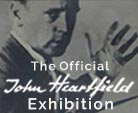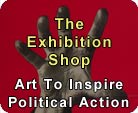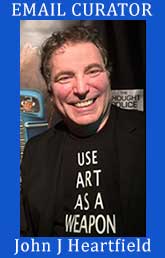Kurt Tucholsky Deutschland Über Alles. John Heartfield’s Brilliant Graphic Designs For Weimar Republic Masterpiece, 1929
<< HEARTFIELD CHRONOLOGY - ALL YEARS1928 1929 1930 1931 1933 1934 1935 1936 1937 1938 1939
“Once he just used an enormous hand, ready to grab something, as an election poster, as usual with an urgent message. In the next few days, he received fantastic offers from three major German industrial firms asking him to become their advertising director; some had a concealed reference to the fact that he would be able to practice his political art—which would never make him a rich man anyway—far more effectively in his free time and without financial worries. He turned down the offers. He wanted to have free rein in his political and ideological struggle, to encourage others in that struggle.”
Kurt Tucholsky Deutschland, Deutschland Über Alles. Heartfield’s Brilliant Graphics For Weimar Republic Masterpiece, 1929
In 1929, Neuer Deutscher Verlag was able to overcome Kurt Tucholsky’s reservations about the groundbreaking graphic designs of the collage artist John Heartfield. Tucholsky did not trust the militant orthodox members of the KPD (Germany’s Communist Party). But Heartfield was not a blind follower of the party line. Later in life, he declared, “I was never a functionary.” The artist often disagreed with committees and their decisions.
It is fortunate that Tucholsky decided to trust Heartfield. The result was the hugely successful Deutschland, Deutschland über alles. The book was a masterpiece of satire. It tore into the hypocrisy of Germany’s upper class. The public loved it. However, The Börsenblatt für den Deutschen Buchhandel (Exchange Bulletin for the German Book Trade) refused to advertise Deutschland, Deutschland über alles because its cover was by John Heartfield.
In 1929, at the International Werkbund Exhibition, FILM UND FOTO, John Heartfield’s “room 3” covered approximately 10 x 10 meters. There was no checklist of his works in the catalogue. They were probably too numerous to include.
Heartfield produced a self-portrait for the exhibition. It will become one of his most famous images. It’s a collage of Heartfield using his scissors to brutally cut off the head of the hated police commissioner of the SPD, Karl Zorgiebel. The SPD (Social Democratic Party) commissioner murdered 32 innocent bystanders by ordering SPD police to fire on a May Day demonstration.
Heartfield mounted a quote from Vincent Van Gogh on the wall in large letters that read: “A FEELING FOR OBJECTS AS SUCH IS MORE IMPORTANT THAN A FEELING FOR PAINTING.”
110 frames composed of magazine and newspaper pages, book covers, and posters are displayed in “room 3.” Also, four display cases full of book jackets and covers from Berlin’s Malik-Verlag and from Verlag für Literatur und Polkitik, Vienna and Berlin.
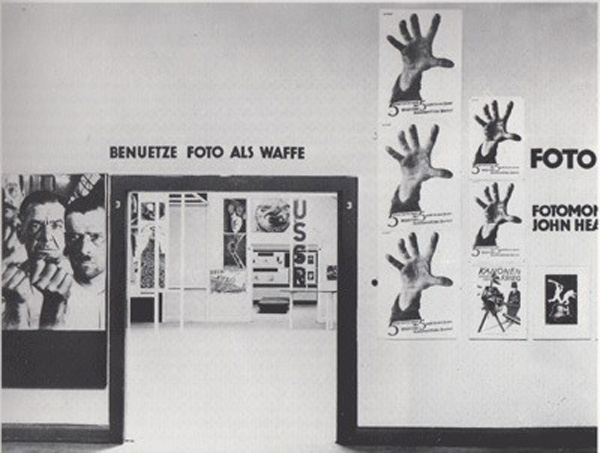
Heartfield Room, FILM UND FOTO, Stuttgart, 1929
In 1929, John Heartfield’s room 3 covered approximately 10 x 10 meters at the International Werkbund exhibition, FILM UND FOTO.
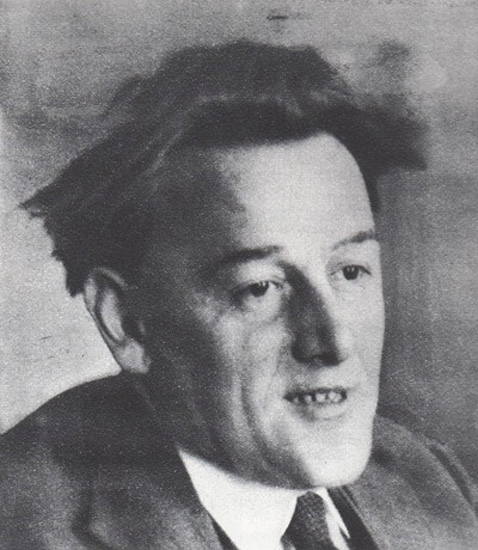
Willi Munzenberg, publisher of the AIZ magazine and key John Heartfield supporter.
